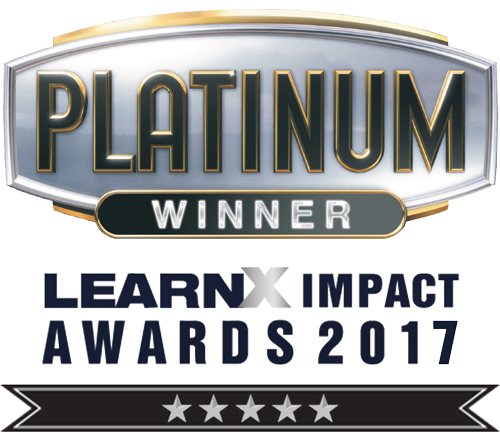Gabrielle Dolan is the author of six books and a global expert on storytelling in business. I recently attended an online seminar to see how we can apply her narrative techniques in VE learning design to grab the students’ attention and help them remember information. VE teachers and trainers often use stories from their experience to provide context for learning material and to demonstrate real world applications, so it makes sense to examine the best storytelling methods and apply them in our education setting. What makes a story a story? It would seem a simple enough question to answer but in her extensive research into narratives, Gabrielle has found that many people call things stories, but they are not, instead they are timelines, case studies or simply a collection of facts. Stories need to describe a specific event which has happened, and they also must use the sequence or structure which Aristotle outlined over 2000 years ago, a beginning, middle and an end. So, if you think you are telling a story and it has no beginning, middle or end and no specific event, you are aren’t telling a story, you are probably just boring your audience. Stories in education […]
Preparing for Industry 4.0
Our ongoing expert panel series continued this month where we posed the question “How will i4.0 and emerging technologies impact VET, industry and skills?”. We assembled a panel of experts consisting of Ray Nashar, Linda Corrin and Shivneel Prasad to share their thoughts. But first, let’s bring everyone up to speed by looking at what i4.0 is and its predecessors: Industry 1.0 – Steam power and the manufacturing industry Industry 2.0 – Mass production through the assembly line Industry 3.0 – Computers and the internet Industry 4.0 – Automation and data exchange. Our first speaker was Ray, a consultant, advisor and professional learning provider, currently at Antonine College. He sees the main part of his role building teacher capacity and changing teacher perception of technology. For example, when working with schools who are implementing a new technology such as iPads, it is common for him to have to overcome objections from teachers who see technology as distracting and disruptive, rather than a modern tool for education. “Nobody likes being changed.” Ray showed us an informative video (below) on the current education system which has not changed much since it began hundreds of years ago, despite massive advancements in technologies and […]
LaTeX in Instructure Canvas
The aim of this project is to develop six blended units of competency that are used across multiple programs to improve student engagement and experiences, and enhance teaching practice. Two key units “Apply technical mathematics” and “Apply physics to solving electrotechnology engineering problems” required the presentation of multiple mathematical formulas in the course content and assessments. A groan—as many of us who had hoped to leave complex maths behind the fences at secondary school. Once we delved deeper into the subject matter, we realised that such formulas are often beautiful to look at, but difficult to display and manage in an online environment. The options are to either use images of formulae, which are inaccessible for screen readers, or use the notational shorthand for formula, which doesn’t really represent the material accurately. Most word processors operate on a ‘what you see is what you get’ system which means what you type into the word processor appears on screen exactly as you typed it, and most of the time that’s great. However, advanced mathematics and science subjects have elaborate formulas full of symbols which don’t appear on your standard QWERTY keyboard, and for that you need a document preparation system such […]
Think Tank series – Responding to industry needs
The VE Design team is continuing to host its series of think tanks to explore the future of VET and what today’s top designers are working on right now. The third gathering in our series was held on 26 July and focused on the advantages and opportunities created by effective delivery of material online. The question we put forward was “What is the best way to structure our programs to meet the changing needs of students and industry?” Three experts from various organisations joined us: Damala Scales Ghosh – The Learning Hook Peter Mellow – Eastern Health Miriam Reynoldson – Chisholm online We began the session with this quote: “Learning Design is a bit like teenage sex. Everybody says they’re doing it, but in reality few really are; and those who are doing it aren’t doing it very well.” Mark Brown, Professor and Director of the National Institute for Digital Learning, Dublin City University Laughter followed, as did some sad reflection on our own teenage years. Damala raised these key points: Change is now! Technology is driving rapid industry change and industry is driving rapid changes in technology Real world skills- VET provides real skills for real jobs […]


